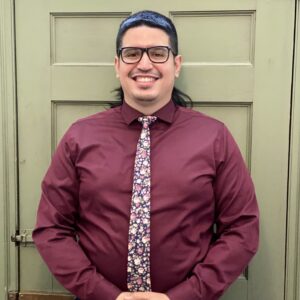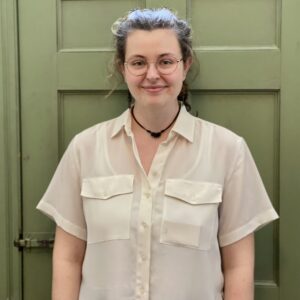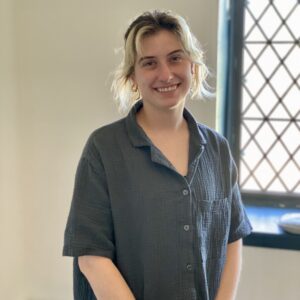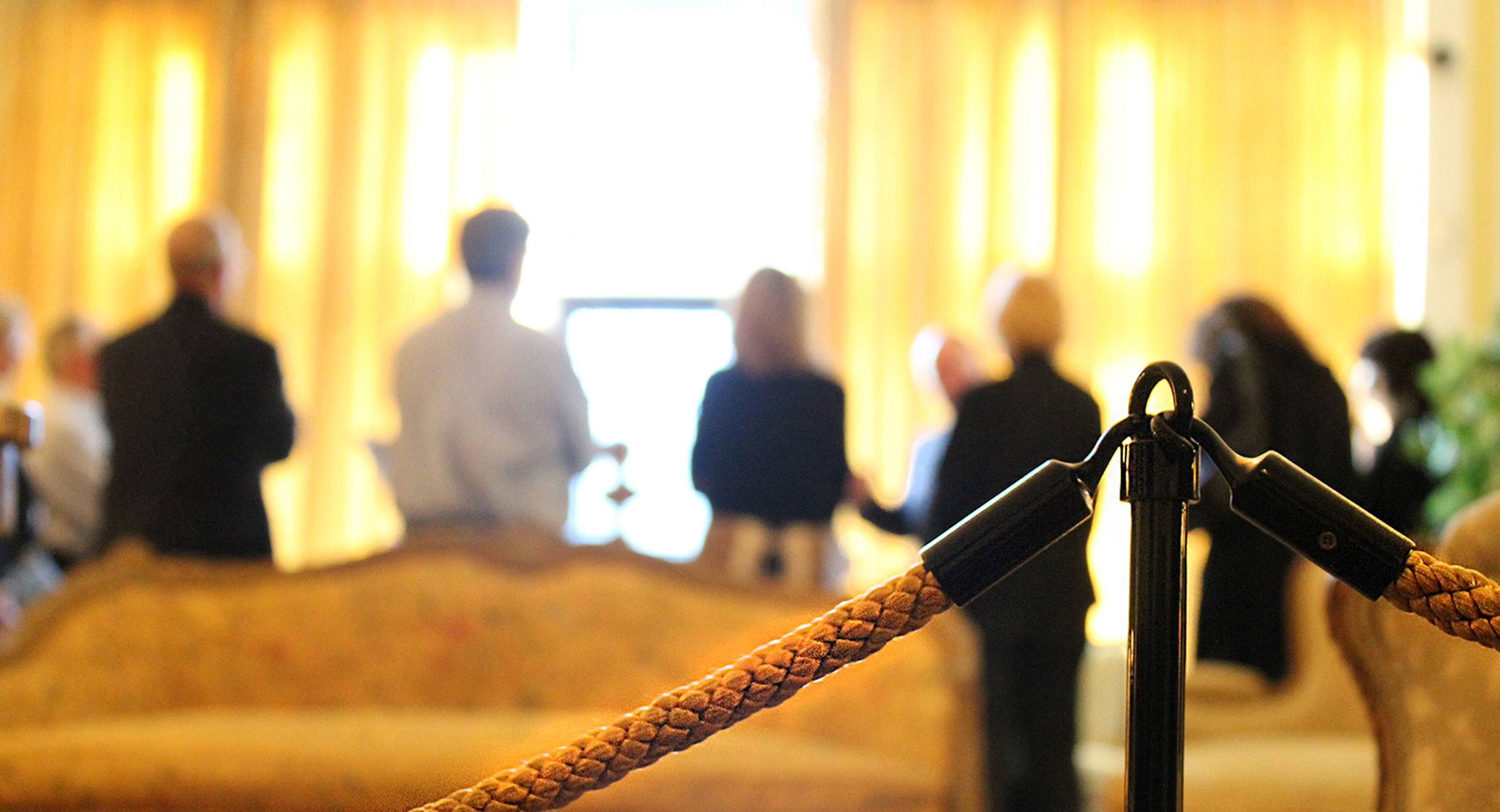Summer tends to be intern season at NRF’s museums—a time when we welcome one or more up-and-coming museum professionals to the organization to develop new skills, meet new people and learn about the varied and interesting work of museums. Internships are often a critical step in introducing potential museum professionals to museum work. They are a central part of most training programs in collections and conservation work. After all, where else can one get experience in handling, cataloging, and conserving a diverse range of museum art and artifacts? I began my career in museum work with a summer internship, and that experience led to my first paying job in the field. These opportunities are so important in determining whether or not someone enters the museum field, that one of my colleagues once wryly noted that “The best way to get a job in a museum is to have a job in a museum (or an internship).” And yet, for some students, especially students from marginalized communities, internships are hard to learn about and harder still to enter into.
While there are many reasons for this last point, one indisputable factor is how many museum internship opportunities favor students with observable privilege and resources. For example, most internship opportunities across the field tend to be unpaid or low paying, nor does the staff that creates the program typically have time for the outreach necessary to communicate with specific communities of students. The economics of internships often fail to take into account the transportation needs of those who may be unable to afford a car. And sadly, those interns who are selected to join an institution a great distance from their homes often find out that they cannot afford the living expenses in a new place even for a few months. Many museum internships prove more expensive for the intern than for the institution that offers them, and since race and class tend to be inextricably bound up in American society, the structure of a lot of museum internships tends to exclude most potential interns from underserved communities.
Some institutions have done terrific work in helping undergraduate students of color and others overcome the significant barriers to learning about and partaking in museum internships. In Southern California, the Getty Foundation has supported a multicultural internship program across the region, providing funds for institutions willing to bring in summer interns from previously underrepresented minority communities. The Ford Foundation is doing similar work with early career curators at a national level, and as an occasional reviewer for National Endowment for the Humanities’ grants, I can tell you that museums in places like San Jose, Newark, NJ, Pittsburgh, and other sites are creating programs that account for the needs of previously excluded groups in their intern programs.
As a longtime participant in diversity, equity, and inclusion (DEI) work, I brought my experience in creating these opportunities to NRF. In late 2020, I reached out to several of my colleagues locally and regionally to help me create NRF’s first DEI program, and this year, I am delighted to note that we will be hosting our second such intern. NRF engages with a wide variety of interns, including an internship for graduate students engaged in the field of conservation.
Meet Our Interns

Brian Villa is a history major at Rhode Island College and President of its Latin American Student Organization. He is also a McNair Scholar (a national program that prepares traditionally underrepresented students for Ph.D. programs), and finally, he is our DEI intern. Brian is excited to connect with others within the field. He looks forward to encouraging other students to explore museum opportunities.

We are equally fortunate to welcome a second undergraduate intern to the fold this summer. Her name is Emi Zeyl, and she is an art history major at URI. Emi is looking forward to the various learning opportunities this internship offers and is interested in NRF’s community engagement initiatives.

Our graduate intern is Mel Kennelly, a graduate of the Rhode Island School of Design and a graduate student in textile conservation at the University of Rhode Island (URI). Mel is working with our Senior Curator, Kristen Costa, on cataloging, photographing, and rehousing the Doris Duke fashion collection from Shangri La and doing 2023 exhibition research.
We are delighted to have these talented young professionals join us this summer and look forward to having them share what they learn with you.
Bringing these interns together from different backgrounds, different schools, and with different personal histories and asking them to work and learn together has been a longstanding dream of mine. For many years, I have created educational programs that enliven the study of history and make the learning of that subject a more active and engaging process, but I have always lamented the fact that that work has tended to focus on a single student or group of students from one school at a time. I believe that success in any career depends on creating a widespread and diverse network of colleagues. And in Rhode Island, where it is only a slight exaggeration to say that you are less than six degrees of separation from anyone who works in the local and regional museum field, such networking is both essential and easier to accomplish than in a big city like New York or Los Angeles.
Brian’s, Mel’s, and Emi’s internships are just the first part of the network building. As part of our program, we connect our interns to other museum professionals in the region, including Akeia de Barros Gomes, Senior Curator at the Mystic Seaport Museum, and Lorén Spears, Executive Director of the Tomaquag Museum. Our interns will travel to both institutions to meet with Akeia and Lorén as well as other members of their staff and their seasonal interns, and sometime this summer we will welcome staff and interns from Mystic and the Tomaquag to Newport. I hope that these experiences will help connect a diverse range of potential museum professionals to the local and regional museum world and each other.
We invite you to come to Newport this summer to meet our interns and other staff and visit our museums. Both Rough Point and the Whitehorne House Museum are now open for the season, and we can’t wait to see you.
By Erik Greenberg, Director of Museums, Newport Restoration Foundation


